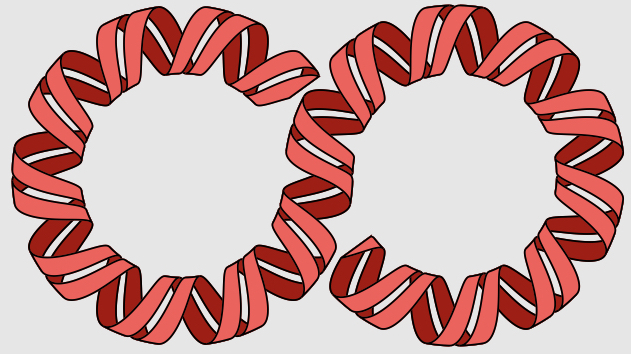CRISPR RNA-guided endonucleases (RGEs) cut or direct activities to specific genomic loci, yet each has off-target activities that are often unpredictable. We developed a pair of simple in vitro assays to systematically measure the DNA-binding specificity (Spec-seq), catalytic activity specificity (SEAM-seq) and cleavage efficiency of RGEs. By separately quantifying binding and cleavage specificity, Spec/SEAM-seq provides detailed mechanistic insight into off-target activity. Feature-based models generated from Spec/SEAM-seq data for SpCas9 were consistent with previous reports of its in vitro and in vivo specificity, validating the approach. Spec/SEAM-seq is also useful for profiling less-well characterized RGEs. Application to an engineered SpCas9, HiFi-SpCas9, indicated that its enhanced target discrimination can be attributed to cleavage rather than binding specificity. The ortholog ScCas9, on the other hand, derives specificity from binding to an extended PAM. The decreased off-target activity of AsCas12a (Cpf1) appears to be primarily driven by DNA-binding specificity. Finally, we performed the first characterization of CasX specificity, revealing an all-or-nothing mechanism where mismatches can be bound, but not cleaved. Together, these applications establish Spec/SEAM-seq as an accessible method to rapidly and reliably evaluate the specificity of RGEs, Cas::gRNA pairs, and gain insight into the mechanism and thermodynamics of target discrimination.

